The new King and Queen of England have their hands full as they perform numerous royal duties every single day. Just recently, the head of the monarchy and his darling wife visited Dunfermline, Scotland, for its 950th anniversary.
Then, they attended a reception at Victoria and Albert Halls in Ballater, Aberdeenshire, Scotland, near the Royal Family’s Scottish residence and used the opportunity to thank the residents for their immense support during the tragic event of Queen Elizabeth II’s passing.
As Her Majesty’s coffin made its way to Edinburgh from Balmoral Castle, where she was laid in rest at the St. Giles’ Cathedral, around 25,000 people lined the streets across the city and county to pay their respects to the monarch who reigned for impressive 70 years.
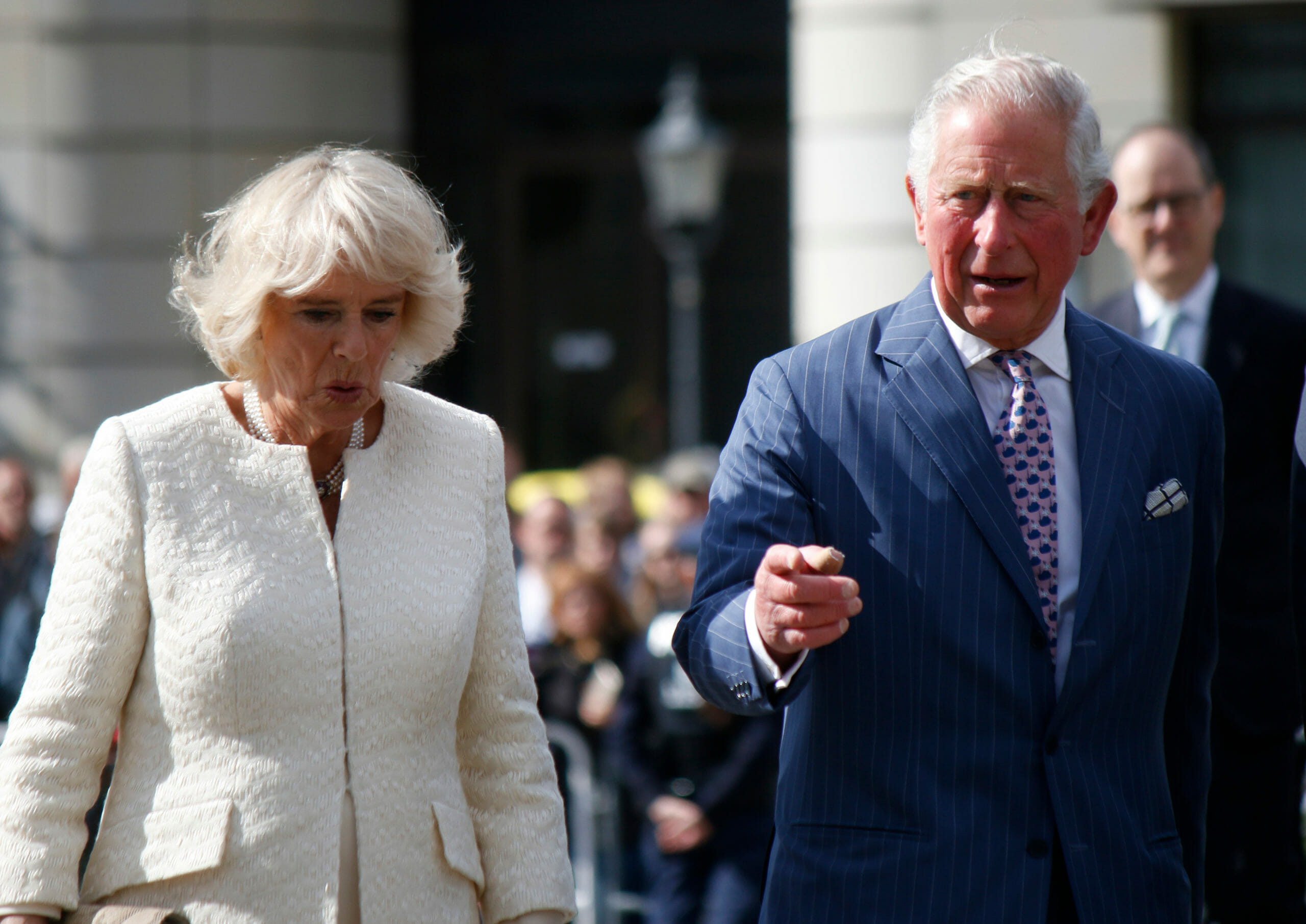
As they do all in their power to serve the country and its people the way Queen Elizabeth did, Charles and Camilla ditch certain traditions along the way.
It has been reported that the Queen Consort will not be needing ‘ladies-in-waiting,’ because she has already hired two brilliant secretaries when she first set up an office in the past.
King Charles seems to be doing the same; he’s skipping a tradition as well.
When his mother was crowned in 1954, over 8,000 guests were in attendance at the coronation, and 129 nations were officially represented. King Charles is now allegedly planning to significantly reduce that number on his coronation which is planned to take place next year.
Besides numerous royal duties, over the years, King Charles has been involved in a number of charities. For one, he started the Prince’s Rainforest Project in 2007 to raise awareness of deforestation. At the same time, he’s been the president of the WWF in the UK and even started his own organic farm and garden at Highgrove Gardens.
Unfortunately, becoming King of the UK and 14 other countries — known as Commonwealth realms, Charles needs to step down from projects that are close to his heart.
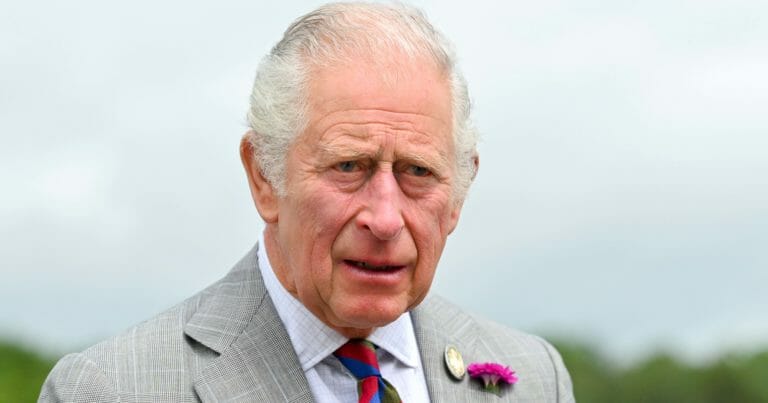
Even as a Prince, Charles has been heavily involved in carrying royal duties, but one particular occasion, during a live television broadcast, could easily turn into a tragedy.
It was in October of 1982 that Henry VIII’s ship, The Mary Rose, which sank during a battle with the French fleet between the Isle of Wight and Great Britain, was excavated from the ocean’s bottom after centuries. Being a huge lover of history and ships, Charles made sure he watched the process live.
“I remember my days of diving on the ship out in the Solent in the most impossible conditions, it was like swimming in a kind of lentil soup, you couldn’t see anything, or so I thought, until it was under your nose,” Charles recalled when meeting volunteers and fundraisers at the Portsmouth Historic Dockyard, Hampshire in 2014.
“What I could never get over was the sheer expertise of the archaeologists operating under water.”
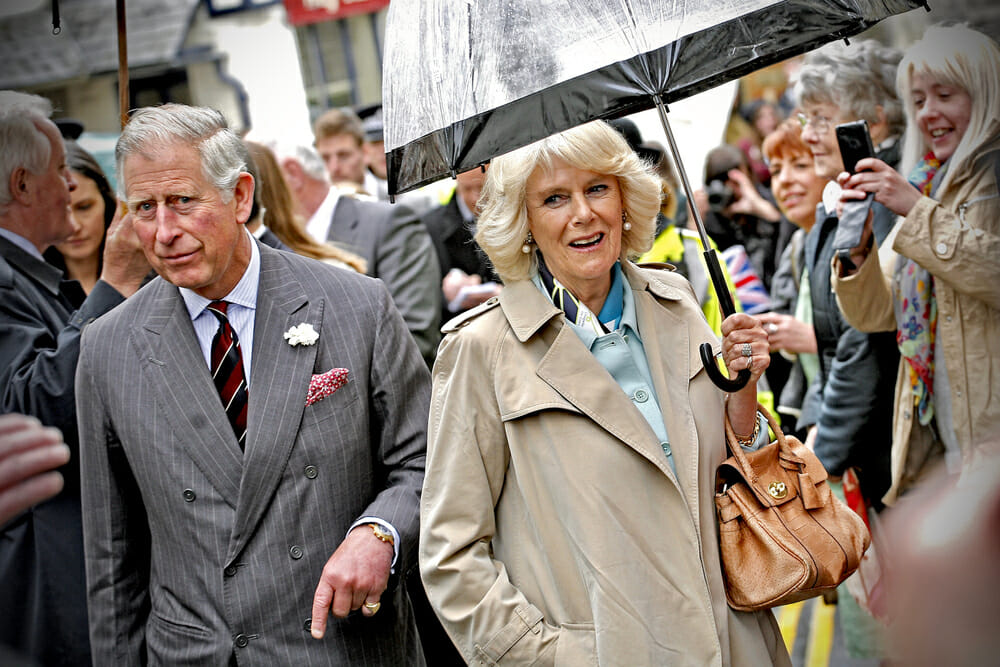
Despite the bad conditions and the technical difficulties, then-Prince Charles encouraged the workers to continue with their work.
“I will never forget the almighty crash as the chains came down, and I thought it was all my fault. I think it was worth taking the risk as we have this truly remarkable example of a Tudor warship which is unique,” Charles said.
Charles examined the vessel up close as it was lifted from the seabed. He was supposed to board the remains of the vessel. However, security was critical and the idea was ruled out as too dangerous.
At that moment, the giant crane called Tog Mor, which is Gaelic for “big lift,” collapsed and the frame broke away and almost smashed the ship’s hull, close to where the King would have been standing.
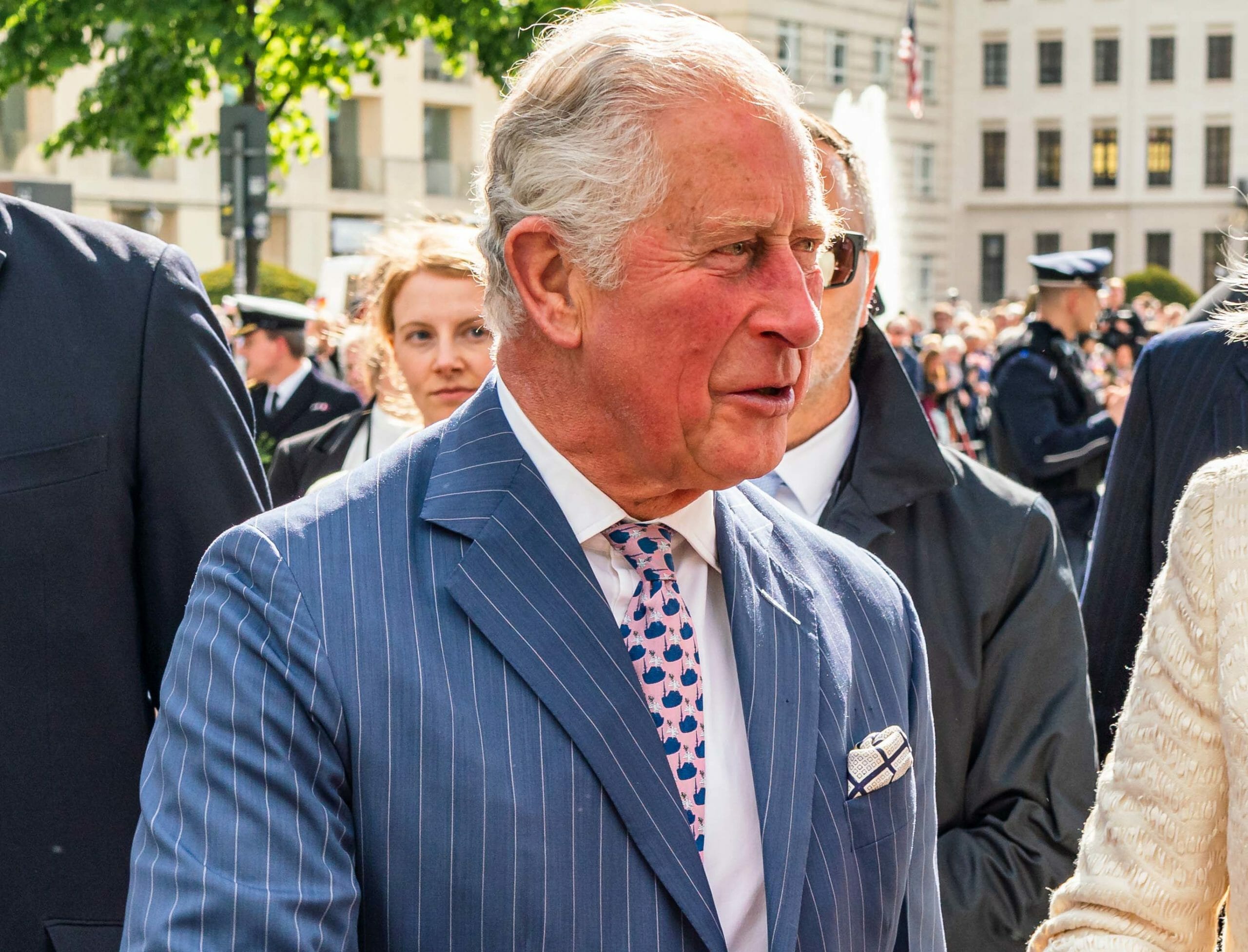
“You know, the future king of England could have died live on TV, which I think would have changed the whole aspect of the recovery, to be honest. Everything went silent. There wasn’t a whisper. No one spoke for what felt like minutes, was probably ten seconds, but just no one moved,” Royal Engineer Jack Frost who was involved in the operation said in the documentary Raising the Mary Rose: The Lost Tapes.
Another person who helped build the crane also spoke of the incident and said, “I remember when the frame broke the water, and after only about half an hour, there was a loud crack. Everything stopped, and everyone at the office panicked. We immediately thought the crane had failed.”
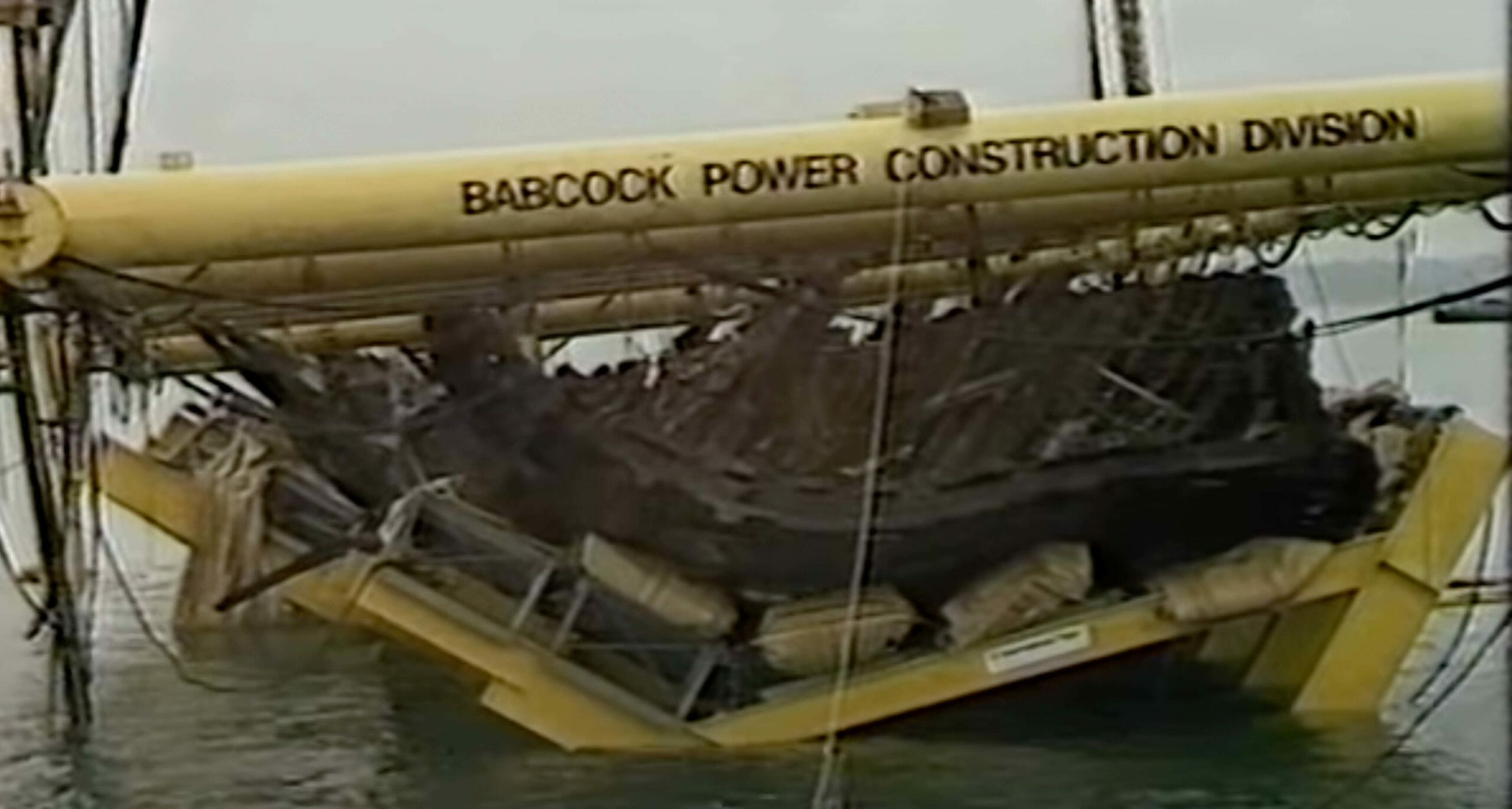
Luckily a tragedy was avoided and the ship was eventually saved.
Please SHARE this story with your family and friends on Facebook.
Bored Daddy
Love and Peace
